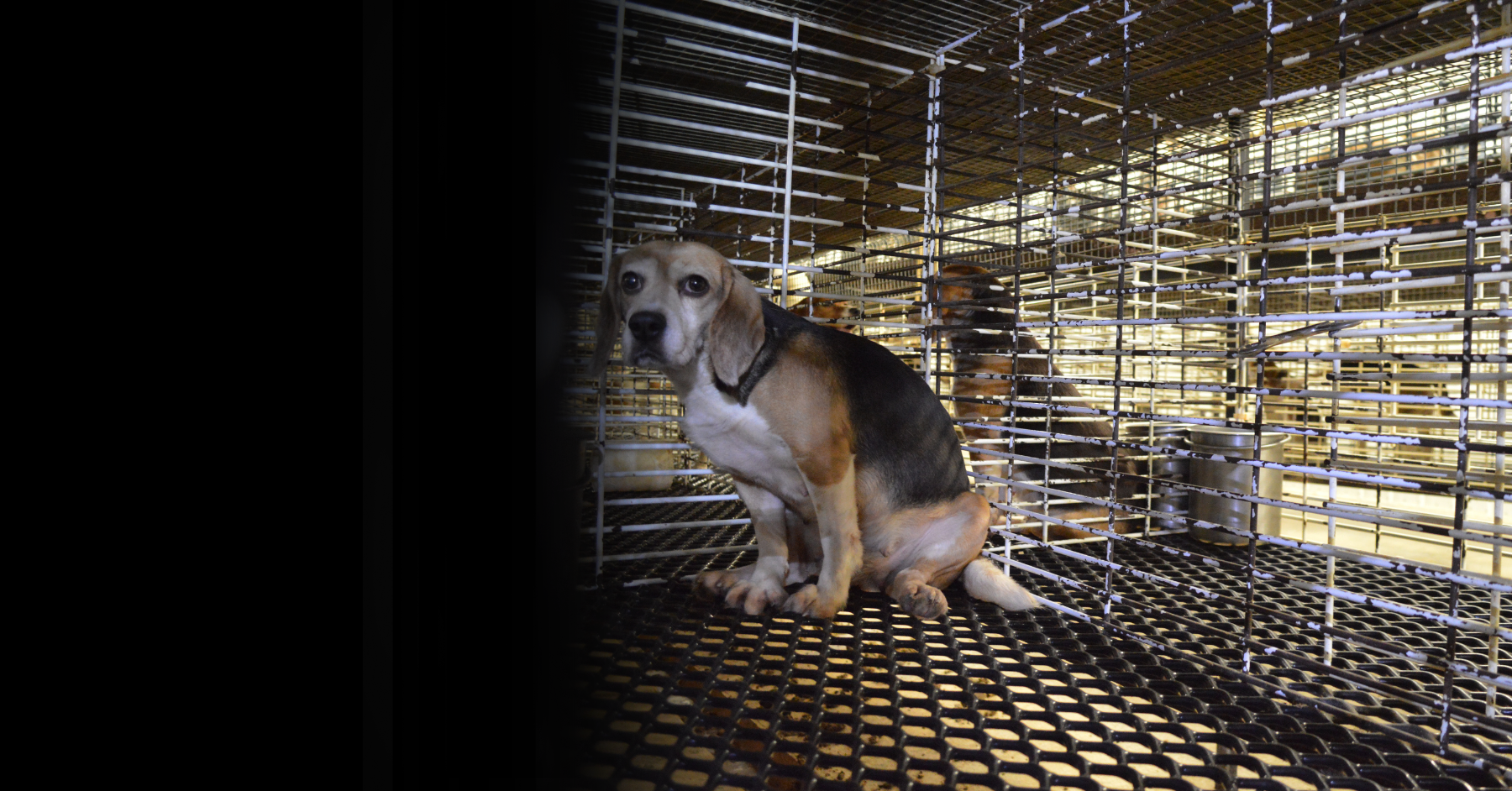
Ridglan Update: USDA Admits Not Understanding Its Own Rules
Every time the animal research industry is caught red-handed — like when it’s charged with 311 offenses related to animal mistreatment and veterinary malpractice — it trots out the same tired defense:
“But we’re highly regulated.”
It desperately wants us to believe that it operates under strict scrutiny. Only, it never has — and, when you actually examine the “regulation” it tries to hide behind, here’s what you find:
State agencies denying their own authority.
Federal agencies admitting they don’t understand their own rules.
Labs making up reporting standards as they go.
This is what Ridglan and its defenders call “regulation.”
Let’s start with Wisconsin’s own Department of Agriculture, Trade and Consumer Protection (DATCP), the state agency charged with regulating animal breeders like Ridglan.
In response to the Dane County Board of Supervisors’ Resolution 2025-119, DATCP issued a statement claiming that it cannot remove dogs from Ridglan.

As is usual for agencies “overseeing” animal research, DATCP is more invested in defending its own inaction than in leveraging its authority to stop ongoing violations.
Yes, DATCP may not have the physical authority to walk into Ridglan and carry dogs out the door, but it absolutely has the legal authority to initiate and pursue enforcement actions that result in dogs being carried out that same door.
DATCP administers Wisconsin’s dog-breeder law, including enforcement when animals are illegally harmed. And that law explicitly anticipates the removal of animals, providing specifically that owners “may be ordered to pay the expenses of caring for dogs removed from possession because of mistreatment.”

When it’s convenient, DATCP cites the law. But, when it’s time to act, it hides behind semantics and pretends its hands are tied. They’re not.
DATCP action alone may not be sufficient to remove dogs from Ridglan, but it is necessary.
Under Wisconsin law, local law enforcement can remove dogs in cases of mistreatment or imminent harm — but the process typically starts with DATCP. DATCP is responsible for overseeing licensing, investigating, documenting violations, and initiating enforcement that triggers removal.
So, no, what DATCP lacks is not authority. It’s will.
Yet, if the state’s deflection is infuriating, the federal response is worse.
The U.S. system of “regulating” animal research is functionally self-regulation, with a thin “oversight” role carved out for the USDA; in practice, that role has meant working “‘on the industry’s behalf.’”
This is all understood. But, apparently, it’s the only thing that is.
Because the USDA has just confessed to not even understanding the regulations it’s supposed to enforce.
In response to a complaint submitted by Rise for Animals and The Marty Project — asking the USDA to investigate how Ridglan classifies dogs between its research and breeding operations — the agency documented the following:
Given that the facility was able to show how animals are able to be identified, tracked and reported, and that the reporting guidance is not 100% clear, I did not find that there was non-compliance in how the facility has tracked, reported and classified dogs on the annual reports or inspections.
Translation: even USDA inspectors don’t understand USDA rules — and, instead of clarifying, the agency lets labs decide for themselves which animals to count and how. At Ridglan, as the USDA admitted, reporting literally depended on who filled out the paperwork.
If there’s no “right” way to report animals, there can be no “wrong” way, either. And, that’s a big problem.
The USDA’s own guidelines even fail to put the onus on the USDA to investigate. Inspectors are told to consider “[a]sking the research facility representative to demonstrate how the number of animals was determined” or “[a]sking for verification of animals used by site to obtain the number of animals used….”
In other words: don’t make your own determinations. Don’t verify yourself. Just ask the people you’re supposed to be regulating to do your job for you.
The USDA’s guidance even allows labs to be “unsure of the status of an animal” for whom they’re responsible and about whom they’re completing an official government form…
So, who decides what (or, really, who) gets reported? Apparently, the labs do — all while the USDA shrugs.
This is the system Ridglan and the broader animal research industry point to when they invoke their favorite refrain: “But we’re highly regulated.”
A state agency that says it can’t act, even when the law says it can.
A federal agency that says it doesn’t understand the rules it wrote itself.
Both part of a system that was never meant to protect animals, but always to protect the people who hurt them
(Remember: The USDA didn’t want responsibility for enforcing the Animal Welfare Act when it was passed. The law itself was largely a PR stunt — a move to quiet public outrage without curbing the practices that sparked it.)

When Ridglan screams it’s “highly regulated”, this is what it wants to distract you from: a system largely run by — and designed to shield — those who (even illegally) harm animals. A system that is functioning as designed and that cannot be fixed, but, rather, must be dismantled.
For the dogs inside Ridglan.
For every animal trapped in every lab.
Not for their “regulation,” but for their freedom — and nothing less.
Your call to action: Stand with the Dane County Board of Supervisors as they call on DATCP to revoke Ridglan Farms’ dog-breeding license and remove the dogs from its custody. Add your name to the community letter of support now.
Share this article on X or Bluesky.
Or copy, paste, and share this link anywhere else:
riseforanimals.org/news/ridglan-regulation